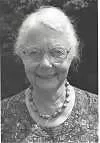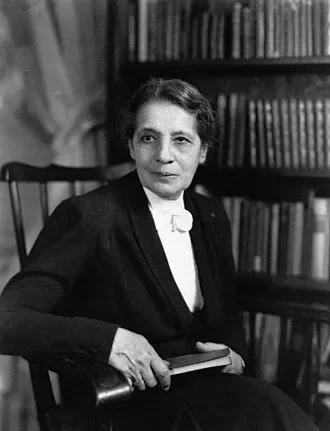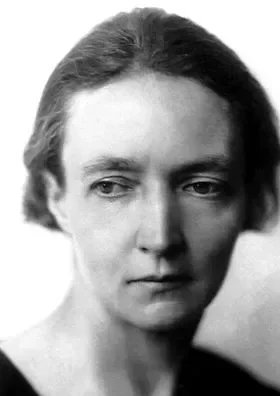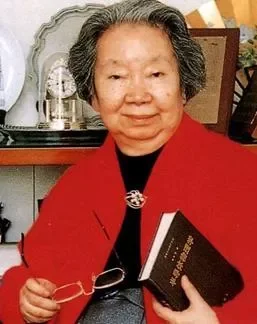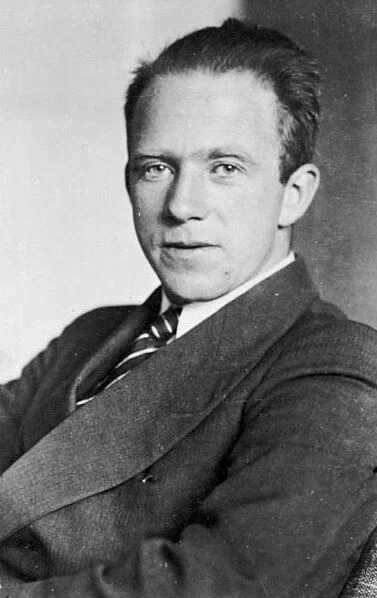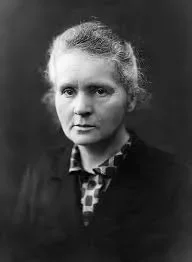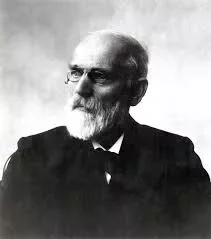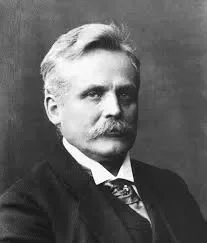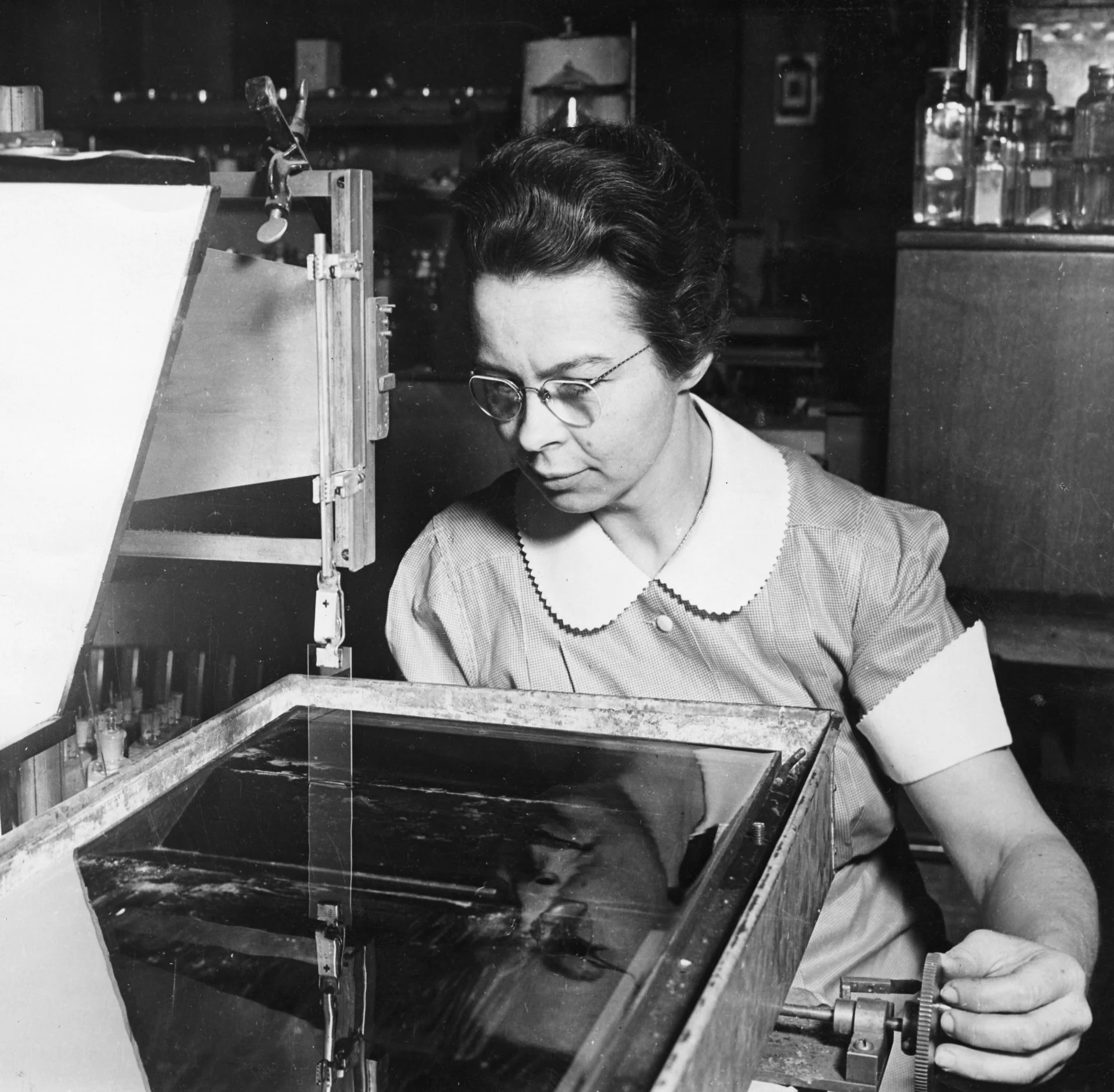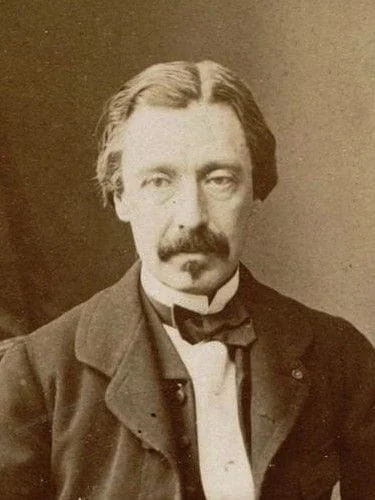Real Celebrities Never Die!
OR
Search For Past Celebrities Whose Birthday You Share

source:wikimedia.org
C. V. Raman
Birthday:
07 Nov, 1888
Date of Death:
21 Nov, 1970
Cause of death:
Cardiac arrest
Nationality:
Indian
Famous As:
Physicist
Age at the time of death:
82
Early Life: A Brilliant Mind in the Making
Few Indian scientists have left as profound a mark on their field as C.V. Raman. His pioneering work in light scattering revolutionized physics and earned him global recognition. A visionary whose curiosity knew no bounds, Raman’s contributions continue to influence scientific inquiry to this day.
Born in 1888 in Tiruchirapalli, Tamil Nadu, Chandrasekhara Venkata Raman displayed an extraordinary aptitude for science and mathematics from an early age. Encouraged by his father, a lecturer in mathematics and physics, young Raman pursued his education with remarkable diligence. He attended Presidency College in Madras, where he earned his bachelor’s and master’s degrees, consistently topping his class.
Despite his passion for physics, career opportunities in India were limited, and in 1907, he joined the Indian Finance Service as an Assistant Accountant General in Calcutta. But the numbers and ledgers of finance could not hold back his scientific spirit for long.
A Leap of Faith: From Bureaucracy to Scientific Breakthroughs
While working in Calcutta, Raman spent his free time conducting independent research at the Indian Association for the Cultivation of Science (IACS). There, he delved into a range of topics, including the acoustics of musical instruments, the diffraction of light, and the optics of colloids. His research soon gained attention, and in 1917, he made the bold decision to resign from his stable government job to accept the Palit Professorship of Physics at the University of Calcutta—the first Indian to hold the position.
Raman’s insatiable curiosity extended beyond the laboratory. He founded the Indian Journal of Physics in 1926, providing a platform for Indian scientists to publish their work. His determination to advance research in India was unwavering, and he tirelessly mentored students, inspiring a new generation of physicists.
The Discovery That Changed Physics: The Raman Effect
Raman’s most groundbreaking contribution to science came in 1928 when he made a revolutionary discovery about the scattering of light. While observing the way light interacted with molecules, he found that it could change wavelength upon scattering—a phenomenon that later became known as the Raman Effect. This discovery had profound implications for the study of molecular structure and quantum mechanics.
His work gained international acclaim, and in 1930, Raman became the first Asian and non-white scientist to win the Nobel Prize in Physics. His achievement was not only a personal triumph but also a moment of immense pride for India, proving that groundbreaking scientific research could emerge from the country’s own institutions.
Personal Life
Raman had a self-arranged marriage where he married Lokasundari Ammal, daughter of S. Krishnaswami Iyer who was the Superintendent of Sea Customs at Madras, in 1907.
During the time of this marriage, there was controversy about the actual age of Raman’s wife as she was very young. The couple had two children together.
C. V. Raman's Quote's
A Legacy of Scientific Excellence
Raman’s contributions to Indian science did not end with his Nobel Prize. In 1948, he established the Raman Research Institute in Bangalore, where he continued his research on optics and acoustics. Until his final days in 1970, he remained deeply engaged in scientific inquiry, advocating for the growth of research and education in India.
His legacy lives on in the Raman Effect, a fundamental principle in spectroscopy used in diverse fields ranging from chemistry and biology to medicine and materials science. Today, National Science Day is celebrated in India on February 28th each year to honor his discovery and inspire future generations of scientists.
C.V. Raman was more than a scientist—he was a beacon of intellectual curiosity, perseverance, and excellence. His life’s work continues to illuminate the world of physics, reminding us all of the boundless possibilities that lie in the pursuit of knowledge.
Name:
C. V. Raman
Popular Name:
C. V. Raman
Gender:
Male
Cause of Death:
Cardiac arrest
Spouse:
Place of Birth:
Tiruchirapalli, Madras Presidency, British India (now Tamil Nadu, India)
Place of Death:
Bangalore, Mysore, India
Occupation / Profession:
Personality Type
Architect: Imaginative and strategic thinkers, with a plan for everything. CV Raman was driven by his thirst for knowledge and passion for science. He was a private person and didn’t like showing off his achievements.
Raman’s ground-breaking experiment that earned him the Nobel Prize had a collaborator named K.S. Krishnan who did not share the prize due to professional differences between the two of them.
Raman also experimented with acoustics and was the first person to investigate the harmonic nature of the sound of Indian drums such as tabla and mridangam.
He was the first Asian and non-white individual to win a Nobel Prize in science.
He received the Hughes Medal of the Royal Society in 1930.
He was awarded the Franklin Medal by the Franklin Institute in Philadelphia in 1941.
Raman won the Nobel Prize in Physics in 1930.
He received the Woodburn Research Medal in 1913.
He was also awarded the Lenin Peace Prize in 1957.
C.V. Raman received the Curzon Research Award in 1912.
He was knighted in 1930.
Rama was awarded the Bharat Ratna in 1954.
